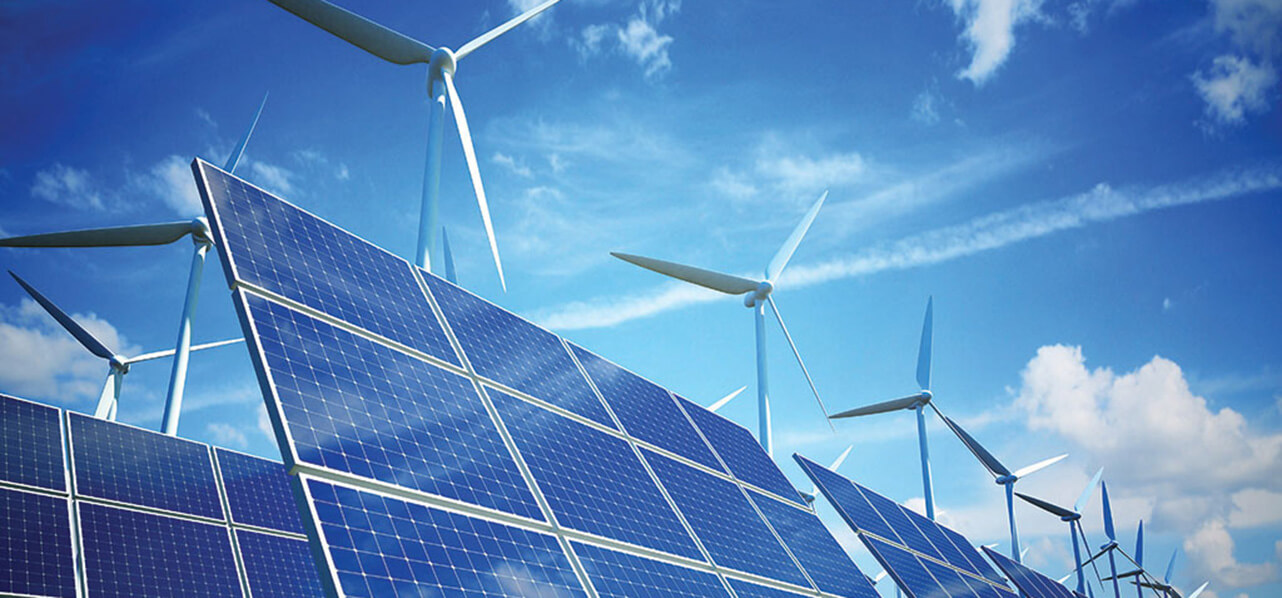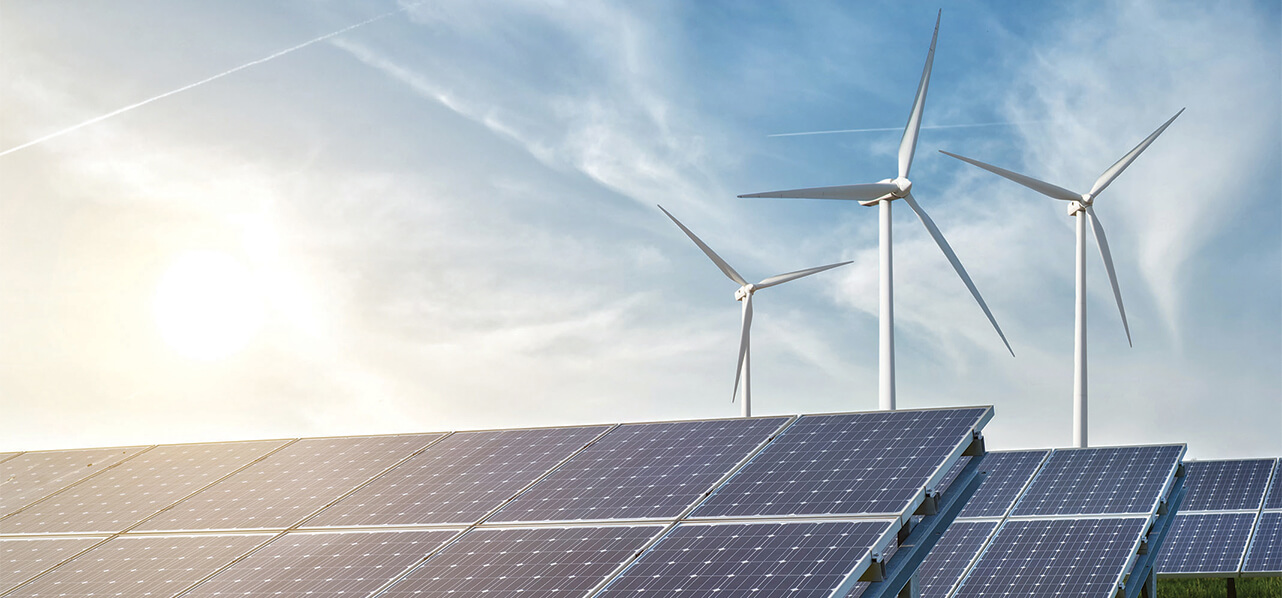Partner Hamburg
"The German Bundestag increased the expansion target for renewable energies in the electricity sector to 65% by 2030 in the course of the adoption of the coal phase-out act."
Reduction of the EEG levy by using budgetary funds
On 2 July 2020 the German Bundestag decided upon the reduction of the EEG levy by using budgetary funds. It is intended to use parts of the planned income from CO2 certificates under the law on national certificate trading for fuel emissions (BEHG) for this purpose. If budgetary funds are used to reduce the EEG levy, this will likely make the EEG subject to state aid rules and trigger state aid notification requirements to the EU Commission. This is to be noted, as the ECJ only decided last year that the current EEG funding mechanism does not constitute state aid. With the amendment the German legislator narrows its scope for manoeuvre again. However, the intention to reduce the EEG levy is welcome, given the current economic situation.
Increase of the renewable energy expansion target in the electricity sector to 65 percent by 2030
On 3 July 2020 the German Bundestag increased the expansion target for renewable energies in the electricity sector to 65% by 2030 in the course of the adoption of the coal phase-out act. The amendment is necessary to compensate the gradual decrease in coal-based electricity generation due to the phase-out of coal.
Abolition of the 52 GW cap for PV remuneration and decision against a uniform 1,000m distance rule for onshore wind turbines
After several months of discussions between the coalition government partners and increasingly louder demands from environmental associations and the renewable energy industry, the German Bundestag finally decided on 18 June 2020 to abolish the 52 GW cap for PV remuneration in the EEG 2017. The PV cap was used as a “bargaining chip” in the political discussions, with the aim of reaching stricter distance regulations for onshore wind turbines, which is why its abolition was constantly delayed. Now both issues have been resolved in the law on the harmonisation of energy efficiency laws for buildings which was passed on 18 June 2020.
The 52 GW PV cap in Section 49 (5) EEG 2017 has been deleted without replacement. This provision stipulated that PV plants with an installed capacity of up to 750 kW shall no longer receive EEG remuneration once a total installed capacity of 52 GW is reached. This cap would likely have been reached in summer 2020 already, which is why its abolition was urgent.
The legislature decided not to adopt strict, nationwide distance requirements between wind turbines and residential buildings, which was initially foreseen in a draft law by the Federal Ministry for Economic Affairs and Energy. The draft rule intended to increase acceptance of wind turbines among the German population, but was heavily criticised by environmental associations, the renewable energy industry and, ultimately, voices among the coalition partners also. It was feared that such strict distance requirement would prevent reaching the German 2030 65 percent renewable energy target. Instead of a uniform nationwide distance regulation, it is now in the discretion of each federal state to require a distance of up to 1,000 meters between wind turbines and residential buildings in accordance with Section 249 (3) Building Code (BauGB). This improved rule is still sharply criticised by environmental associations and the renewable energy industry, because a patchwork of different regulations in each federal state may lead to economic uncertainties in project development, and hence, the expansion of onshore wind power in Germany may continue to stall.
"Many projects that had received an award in the tenders for EEG remuneration suffered construction delays caused by supply bottlenecks and disruptions in operational processes."
COVID-19 mini-EEG-amendment
Due to the COVID-19 pandemic, many projects that had received an award in the tenders for EEG remuneration suffered construction delays. These were caused by supply bottlenecks and disruptions in operational processes. For plant operators, missing the construction deadlines set out in the EEG can result in penalty payments or even the loss of the right to remuneration. The clock starts ticking with the Federal Network Agency’s (BNetzA’s) publication of the award decision. The BNetzA already reacted to this problem in March 2020 by announcing a change in its administrative practice for awards that had already been granted as well as future awards (see our article on this here).
For future awards in the bidding rounds from 1 March 2020 onwards, the changed administrative practices of the BNetzA are sufficient to avoid problems: its award decisions are not being published online at present, so the clock has not started for construction deadlines. The publication, and hence, the start of the deadlines, will only occur after the German parliament has determined that the COVID-19 pandemic has ended according to Section 5 Paragraph 1 Sentence 1 of the Infection Protection Act.
However, the amended administrative practice of the BNetzA is not sufficient for awards that have already been granted, since the deadlines for the penalty payments are set out the EEG and cannot be suspended by administrative practice. Hence, the legislator reacted by passing a new Section 104 (8) EEG, which extends the respective deadlines by a period of six calendar months for awards that were issued in the tender rounds before 1 March 2020. The start dates for the operators’ remuneration claims are shifted by the same period. The reasons for the bill note that a need for further extension will be evaluated in due course. If needed, a further amendment would be included in the next major revision of the EEG.
"The Federal Government is further considering combined tenders for green power and gas power plants in order to stabilise electricity production in Germany."
Another deadline extension concerns the “special compensation scheme” under the EEG. The special compensation scheme enables energy intensive companies with high electricity costs as well as rail companies to apply to the Federal Office for Economic Affairs and Export Control (BAFA) to limit their EEG levy payments. If the conditions laid down in the EEG are met, the BAFA will issue a limitation decision which grants the applicant a reduction of the EEG levy for the year following the application. For 2021, the companies concerned were at risk of losing their EEG levy privilege due to the corona pandemic because of not being able to keep the 30 June deadline for providing certain evidence, in particular the necessary auditor’s certificate and other certificates. The legislature reacted by passing Section 103 (8) EEG, which allows applicants to submit required evidence at later point in time. The application as such must still be submitted by June 30, 2020, but the auditor’s certificate in accordance with Section 64 (3) No. 1 lit. c and the certificate pursuant to Section 64 (3) No. 2 EEG 2017 can be filed subsequently until 30 November 2020. Nonetheless, applicants should submit their certificates as early as possible. The earlier the certificates are submitted, the sooner the BAFA can decide on the applications. Hence, an immediate submission of all application documents is required in order to obtain a BAFA decision still in 2020. If the certificate according to Section 64 Paragraph 3 No. 2 EEG 2017 is submitted after 30 June 2020, it must be valid at least until the original deadline date of 30 June 2020.
With the mini-EEG amendment, the legislature also deleted a special rule in favour for citizen energy companies which had allowed them to participate in the tenders according to the EEG 2017 before having obtained the required permit for the wind farm.
Outlook
Further changes to the EEG may be expected in 2020. In particular, the available quantities and dates of tenders will likely be revised in order to achieve the 65 percent renewable energy target by 2030. Additionally, on 3 June 2020 a draft law has been published which will amend the Offshore Wind Energy Act. This amendment will increase the expansion target for offshore wind energy to 20 GW by 2030. With a 40 GW target by 2040, the draft also provides an ambitious, long-term expansion target for offshore wind energy for the first time. However, the current draft also intends to change the tender design. It provides for a possibility of “negative bids”, meaning that operators would offer to pay a grid expansion fee. This proposal raises great concerns in the offshore wind industry. The Federal Government is further considering combined tenders for green power and gas power plants in order to stabilise electricity production in Germany. However, details on such proposals of combined tenders are not yet available.
Key contacts
Partner Hamburg
Partner Hamburg





